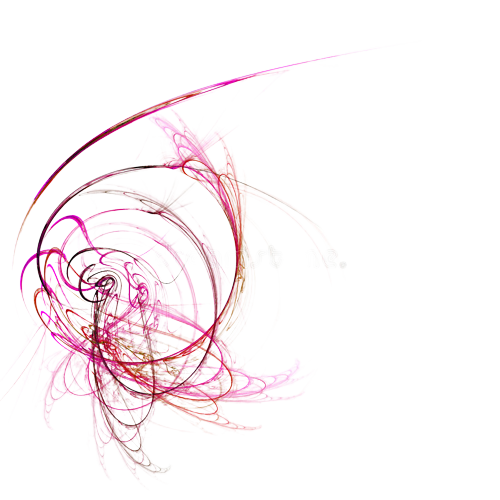How do astronomy filters work?
Most astronomical filters work by blocking a specific part of the color spectrum above and below a bandpass, significantly increasing the signal to noise ratio of the interesting wavelengths, and so making the object gain detail and contrast.
What filters are used in astronomy?
Astronomical filters are made of colored glass and usually measure about one square inch. Two important types of filters are wide-band filters and narrow-band filters. Narrow-band filters, as their name suggests, only allow a small range of wavelengths of light to pass through.
Which wavelength range is covered by the Ubvri filters?
The filters cover the whole range of optical wavelengths – UBV covers the “Ultraviolet”, “Blue” and “Visual” ranges, whilst RI cover the “Red” and “Infrared” range. The UBVRI filter set is shown in figure 43 below.
What are UHC filters good for?
The UHC filter permits superb views of objects like the Orion, Lagoon, Swan and other extended nebulae. It performs well in smaller aperture instruments owing to its greater light transmission than the O-III, yet still suppresses light pollution well. The UHC filter is the best all-round dark-sky nebula filter.
Why do astronomers use filters?
Filters are an accessory used in astronomy with telescopes and/or instruments such as a CCD camera, to improve the observation of celestial objects and/or to facilitate the measurement of the number of photons of selected wavelengths of light.
What does a telescope filter do?
What is a Telescope Filter? Like a photographic filter, telescope filters enhance details and improve contrast. They do this by cutting out unwanted colors, or wavelengths of light. Professional astronomers may use filters for technical observations, such as classifying stars.
What do filters do for telescopes?
What filters to use for planets?
The Blue Filter is one of the most commonly used filters amongst the entire spectrum of filters. It is perhaps the best filter for the study of detail on Jupiter and Saturn. It enhances the contrast of rills and festoons in Jupiter’s cloud belts, as well as details of the Great Red Spot.
What are Ubvri filters?
Andover Corporation offers UBVRI filters as standard items. These filters are used to filter out and measure specific bands of light that are emitted by astronomical objects. Two types are offered: the Johnson/Bessel and the Kron/Cousins.
What are B and V filters?
B filter: little light, therefore large magnitude. V filter: more light, therefore smaller magnitude.
What’s a UHC filter?
UHC filters or light pollution reduction filters are designed to selectively reduce the transmission of certain wavelengths of light;especially those produced by artificial light.
Does UHC filter block IR?
Lumicon Deep-Sky filter and Baader UHC-S filter both pass blue-green light from OIII and H-beta and red light from H-alpha. They are designed to not block IR and UV light.
